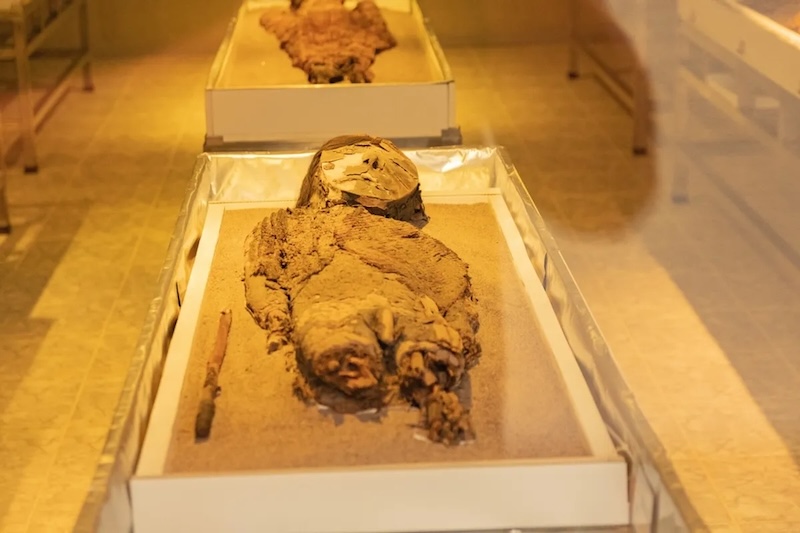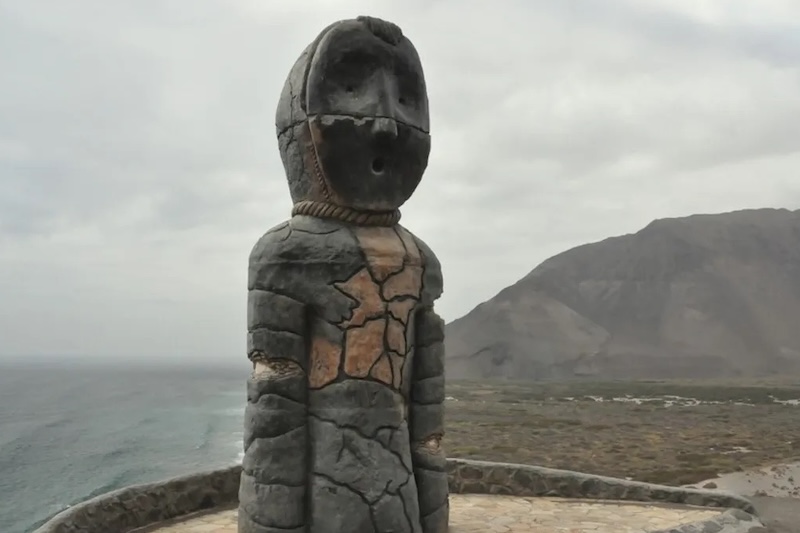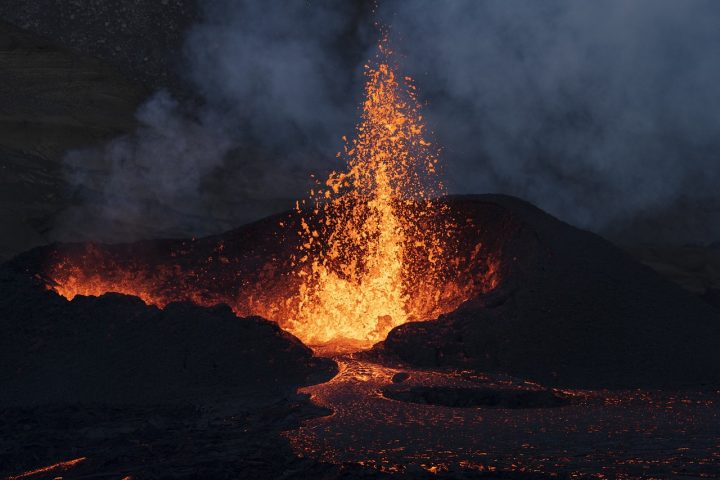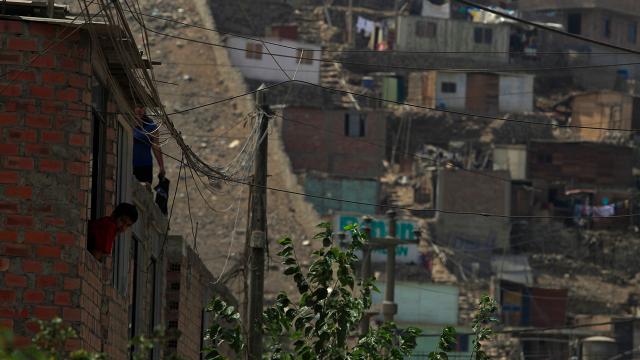This title belongs to the Chinchorro people of Chile’s Atacama Desert, who mummified their dead around 7,000 years ago.
The Chinchorro people, an ancient hunter-gatherer culture, were the first to settle in northern Chile and southern Peru around 5,450 BC. Shortly after their arrival, the Chinchorro began a new funerary practice of preserving their dead in the dry desert sands around them.
These ancient tombs are now a UNESCO World Heritage Site for their archaeological value, as they not only provide insights into this strange form of mummification, but also shed light on how Chinchorro communities were socially and spiritually.
More importantly, unlike the Egyptians, who reserved mummification for the social elite, Chinchorro offered it as a ritual for everyone.
So how did the Chinchorro embalm their dead? The process was different from the Egyptian approach. First, the body was skinned and the organs removed. Once the body cavities were dry, the skin was sewn back together. The bodies were sometimes wrapped in elaborate materials such as reeds, sea lion skins and alpaca wool.
The faces were then covered with clay and a mask with openings for the eyes and mouth was inserted. Finally, before being buried in the desert, mummies were fitted with wigs made of human hair in the hope that the arid conditions would preserve them forever.

The first Chinchorro mummy was documented by German archaeologist Max Uhle, who discovered some bodies on the beach in 1917. These specimens were obviously old, but at the time it was not possible to date them with certainty. Later, with the development of carbon dating techniques, it was possible to recognize that the mummies were more than 7,000 years old.
Since the first discovery 100 years ago, hundreds more mummies have been found in the desert. Some were unearthed during construction work, others by curious animals.
Communities living in Arica in northern Chile have long known about these special bodies. This is because mummies are close to the surface and therefore easy to discover. So these people have learned to live with the dead scattered all over their land. They see them as part of their heritage and feel responsible for taking care of them.
Unfortunately, due to climate change, many of the Chinchorro tombs are being uncovered due to abnormal weather events, resulting in the bodies being exposed to the elements. This will have serious implications for mummies in the future as archaeologists try to fund efforts to recover and preserve them.
“Museums are a bit overwhelmed by all this material,” says Bernardo Arriaza, a leading expert on Chinchorro from the University of Tarapacá in Arica.
Even mummies kept in museums are now under threat from changing climatic conditions. The increase in ambient humidity has caused some mummies to become moldy, while others are exposed to dry rot or hungry insects. All these challenges are exacerbated by the variety of materials covering the mummies, each needing its own storage conditions.
In 2022, construction began on a new climate-controlled museum near Arica to house the Chinchorro mummies. It is hoped that this state-of-the-art facility, worth around $19 million, can help preserve these precious artifacts from the distant past.





